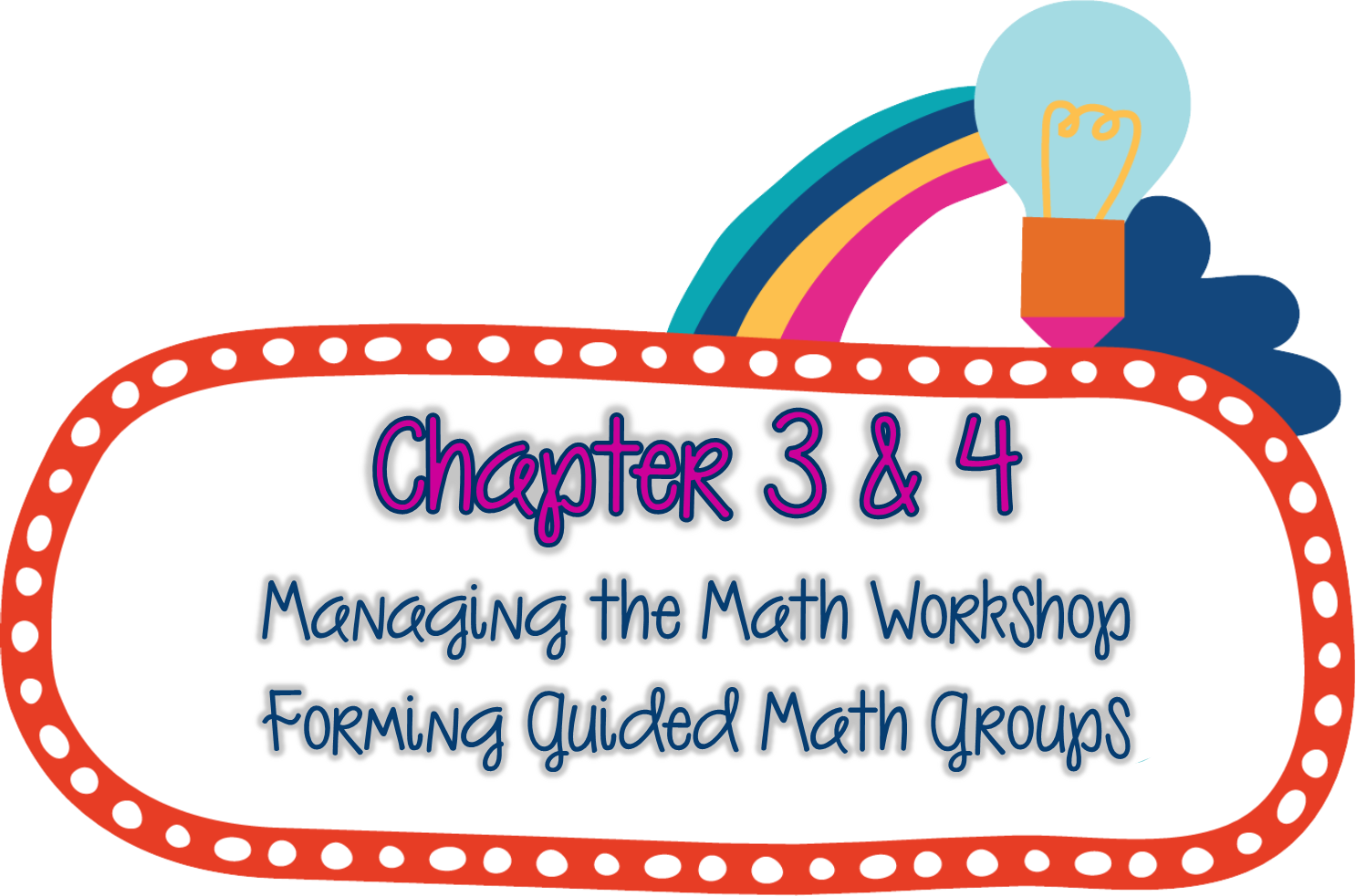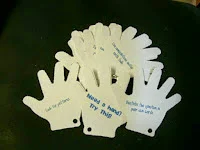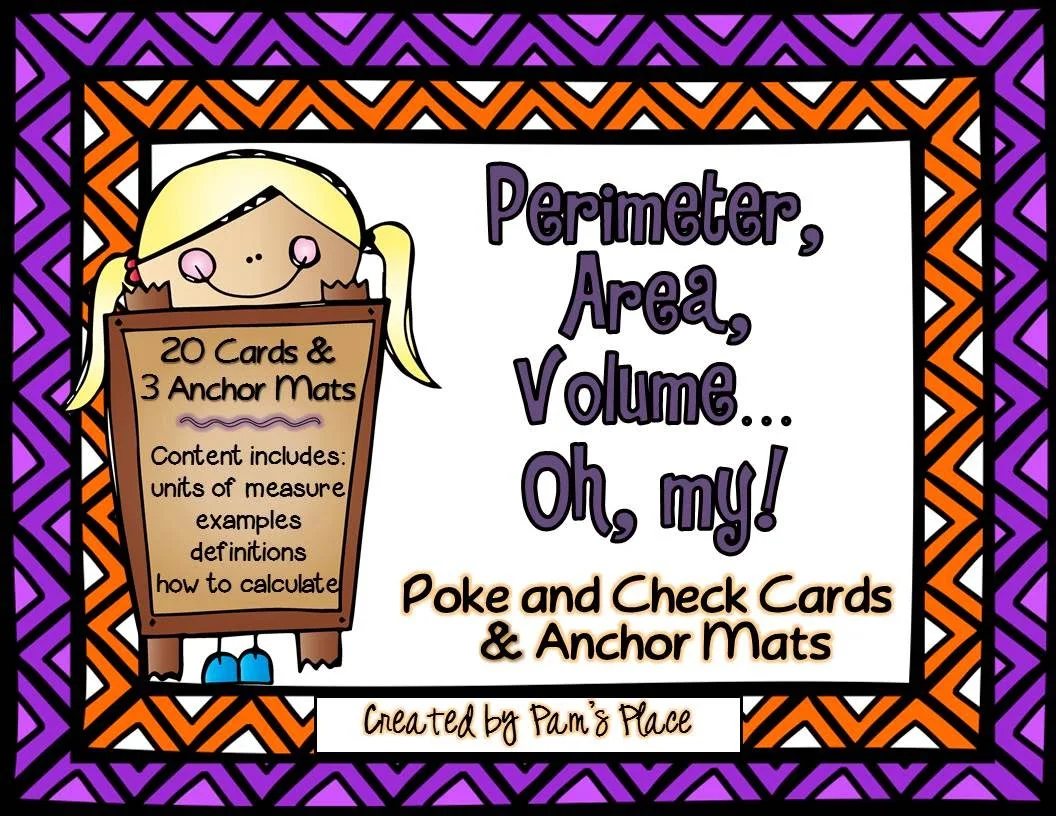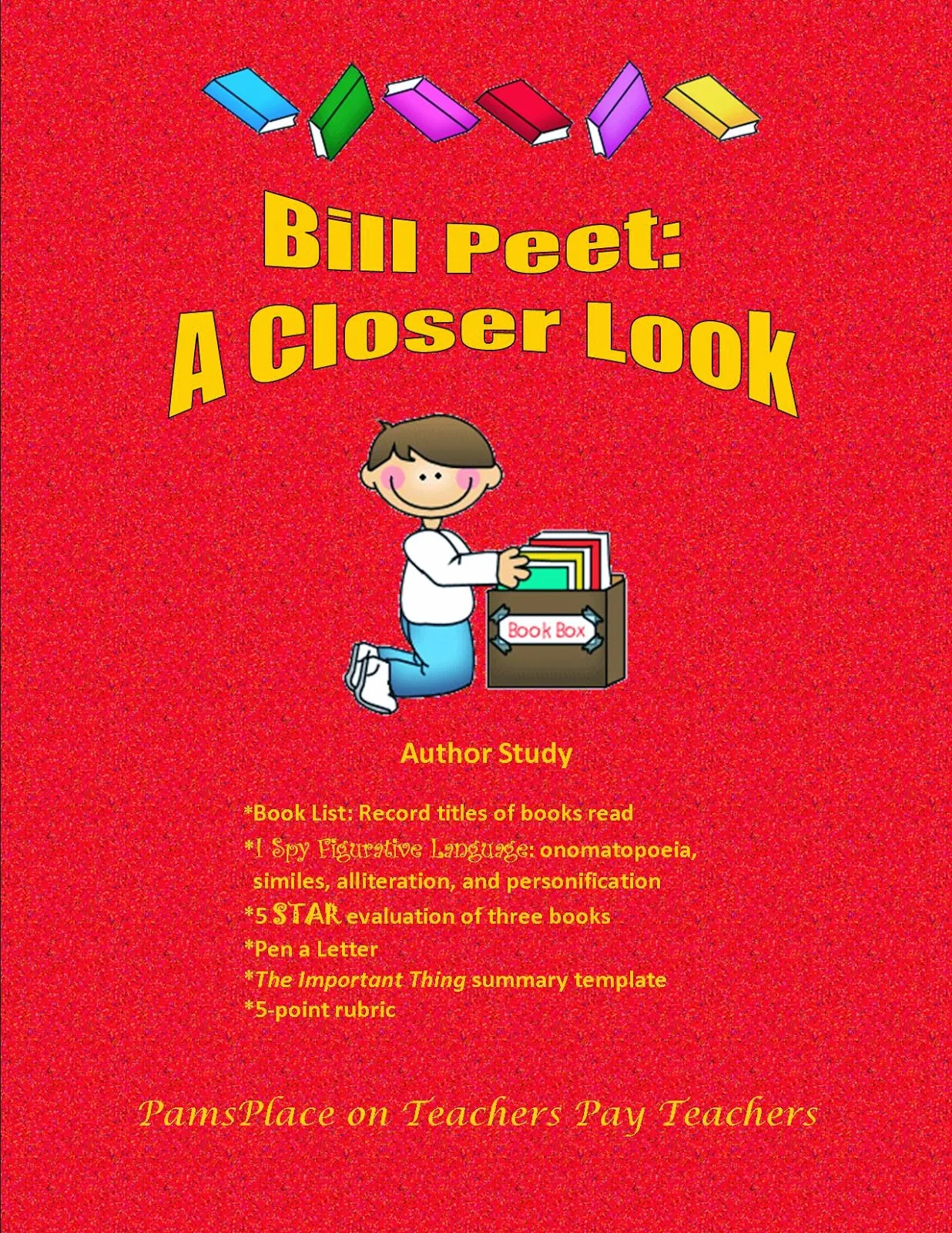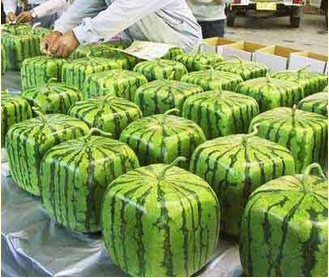Being mathematically proficient is more than just knowing how to do something. It is an attitude, a way of thinking (pg 86).
This chapter goes into more detail about mathematical proficiency which I briefly mentioned in my post on Chapter 5.
5 Components of Mathematical Proficiency:
Conceptual Understanding:
Students need to understand math on a conceptual level. In guided groups, students learn about the concept using manipulatives, scaffolds, and tools. It is much more than just knowing how to do something.
Procedural Fluency:
Students need to be able to "do" math and think flexibly about math using different methods: written procedures, mental math, calculator, and manipulatives. In guided math groups, math discourse ensues while students work on procedures.
Strategic Competence:
Students need to be able to solve problems and represent their thinking. There is more to math than just getting the answer. In guided math groups, the focus is on students identifying/using different "pathways" for solving problems.
Adaptive Reasoning:
Students need to be able to explain and justify their work/thinking. In guided math groups, math discussions occur where students reason, listen, interact, and make connections. Students are encouraged to use more than one way to solve a problem.
Mathematical Disposition:
Students need a disposition that will allow them to be confident in math and are willing to persevere and appreciate math while reflecting and monitoring their own learning. Mathematical disposition is about ways of thinking, doing, being, and seeing math. In guided math groups, learning can be scaffolded to foster confidence and success. Perseverance can be nurtured when students are given time in guided math groups to wrestle with problems. Small guided groups create a safe environment for students to take risks.
Sometimes my students need help seeing themselves as mathematicians. I spend a lot of time focusing on this at the start of the year, and I revisit this notion when I see their perseverance start to wane. As a visual reminder, I have posted my Mathematician Posters on a bulletin board and made a bookmark of the mini posters for students to keep in their math books/folders.
Getting students to model their thinking using different representations is not always easy. Many times my students are so proud to be the first to get the answer! This, of course, is not what I focus on. I work hard to try and change this mindset. Some students have their own way of doing/showing their math. In guided math groups, modeling different methods and having students see other students share different methods can help build stamina toward this goal.
Conceptual understanding is the core of my instruction. Many of my students come to me with a strong foundation in math. My goal is to fill the holes with conceptual understanding. Why is that answer correct? What is that algorithm really showing you? I want my students to be able to justify and explain conceptually why something works/does not work. One time, I gave a problem to a group of students that did not have a solution. Sure, students could "do" the problem using the steps in the procedure we learned and get an answer, but the solution would not make sense. One student returned the next day and explained why the problem would not work conceptually. He was right! The rest of the group solved the problem using the steps of the procedure and got an "answer." Unfortunately, this answer did not work in the context of the problem. We had a long discussion about "doing" math and "conceptually understanding" math. It made students realize math is much more than just doing the steps to get an answer to a problem!!
When problem solving, I have found that my students lean towards showing math with numbers. That's what they feel most comfortable with! Pictures are sometimes used. When they get stuck, I often encourage them to represent the problem in pictures. But, this is not something they do naturally, yet. Words. Written words. Oh, my. If they could avoid them in math...they would! When they have to...they do it...and they do it well. But this is not a go-to-method to represent their thinking. Definitely this is a work in progress to get students to model their thinking using numbers, words, and pictures.















